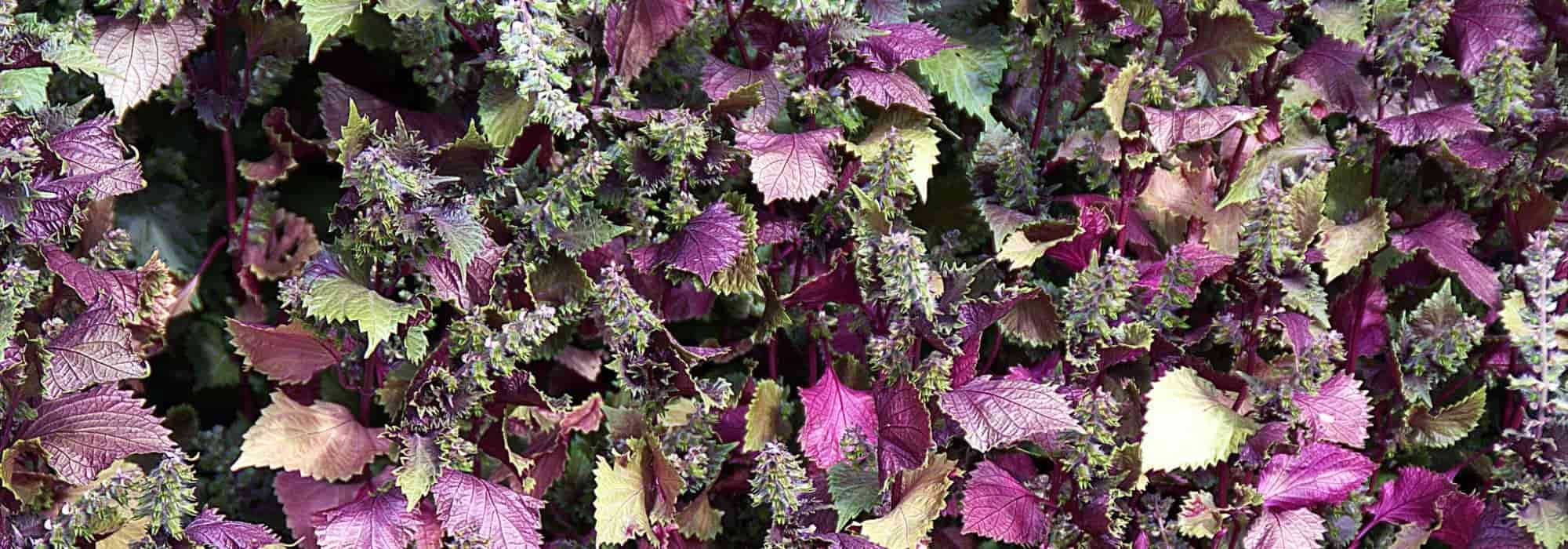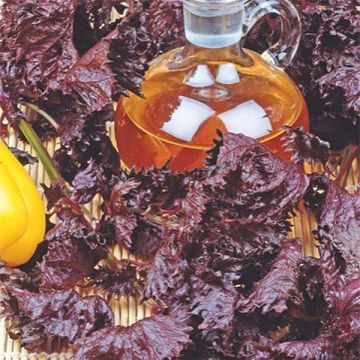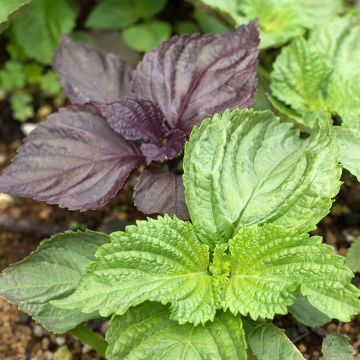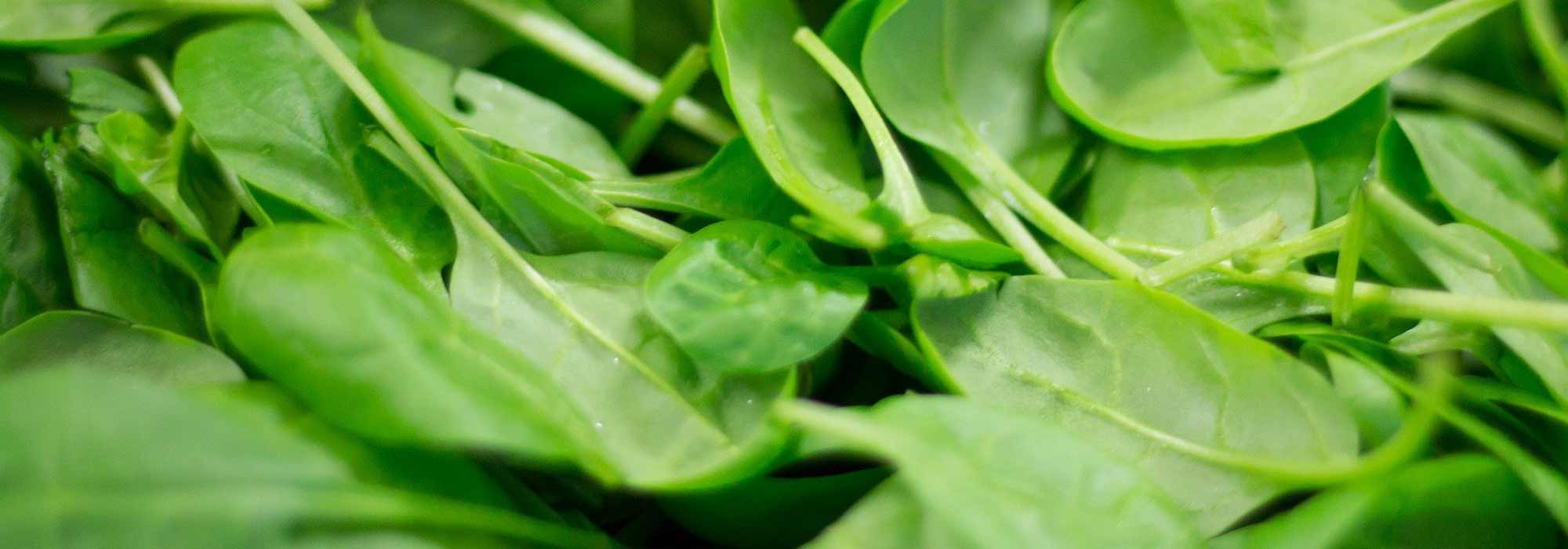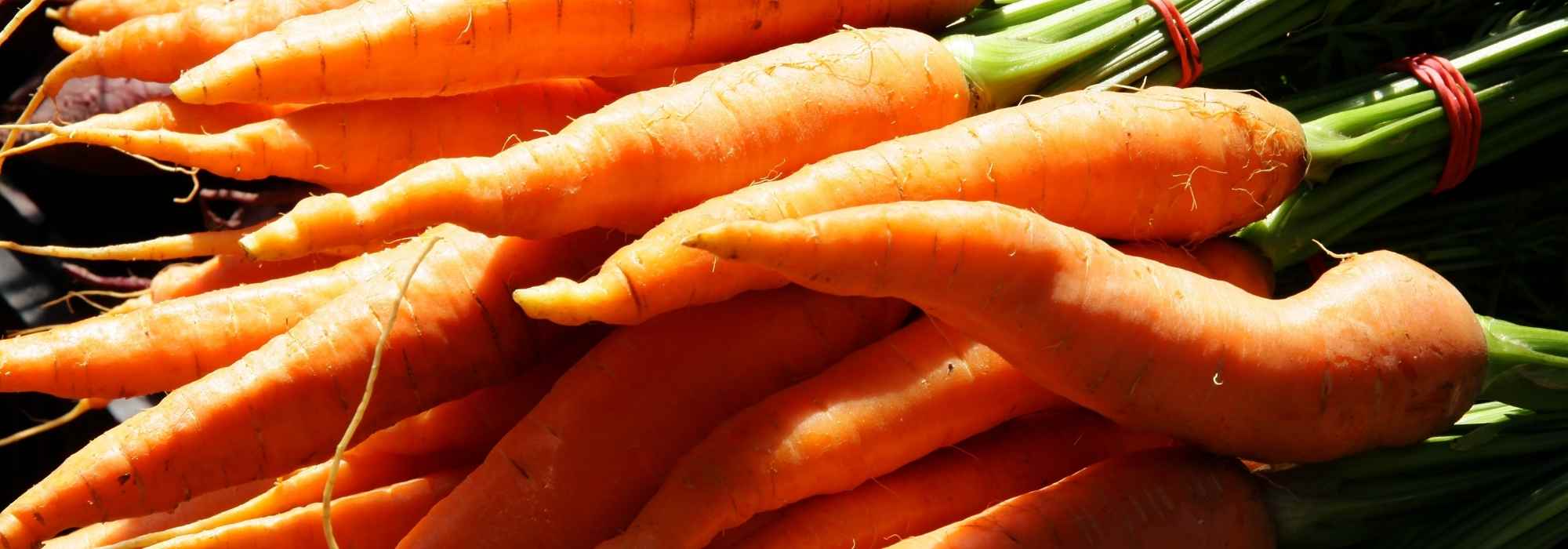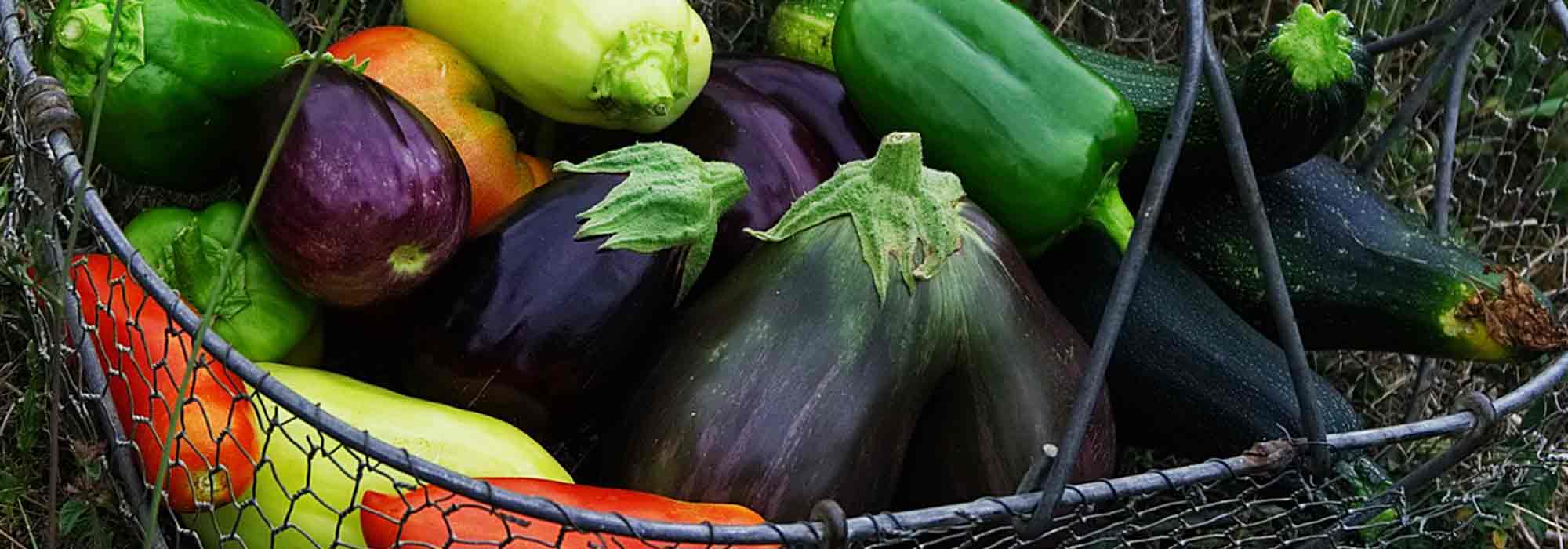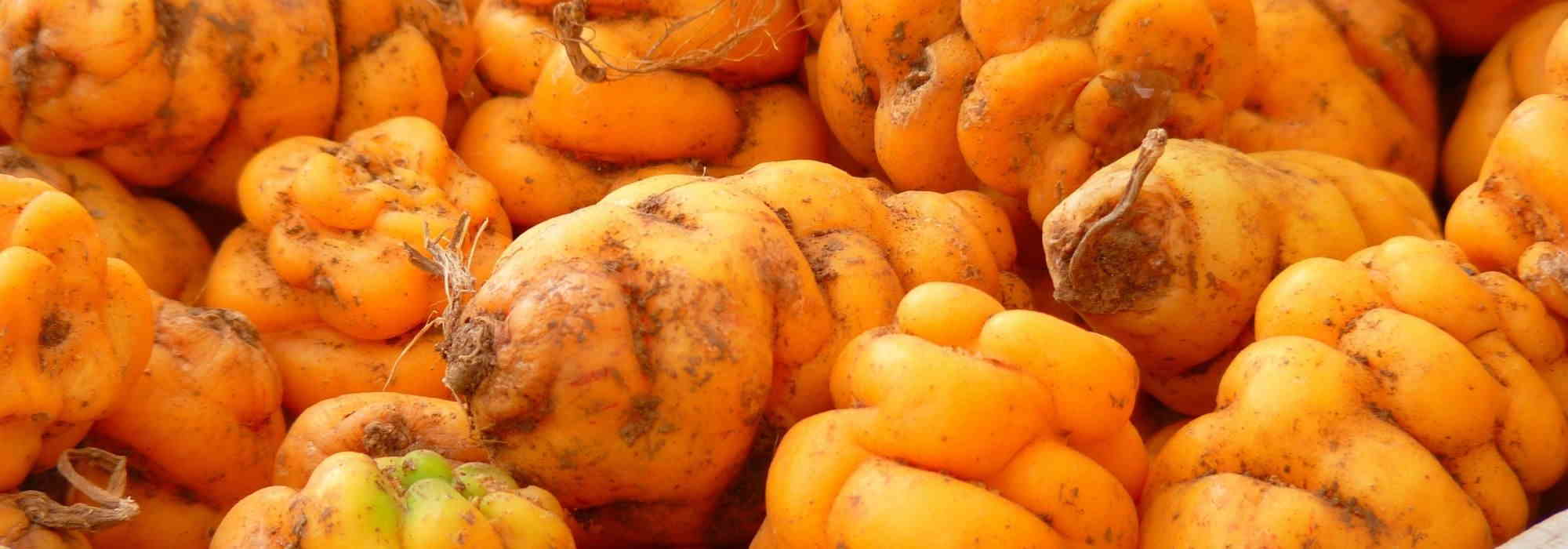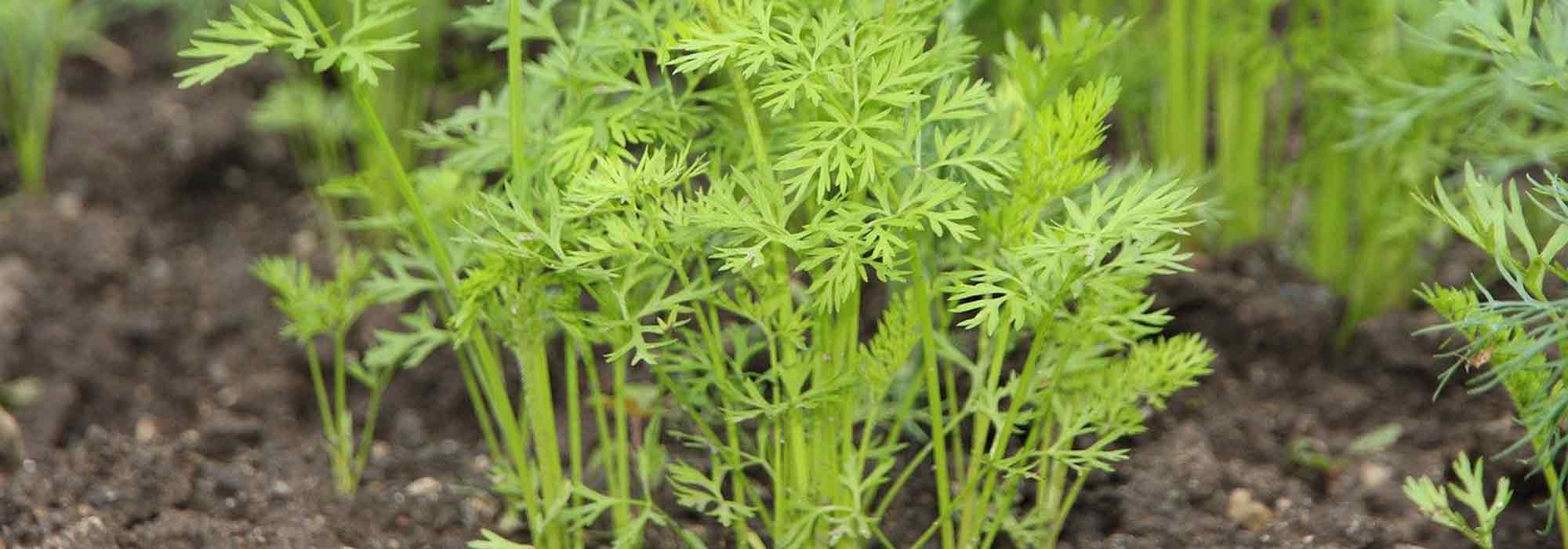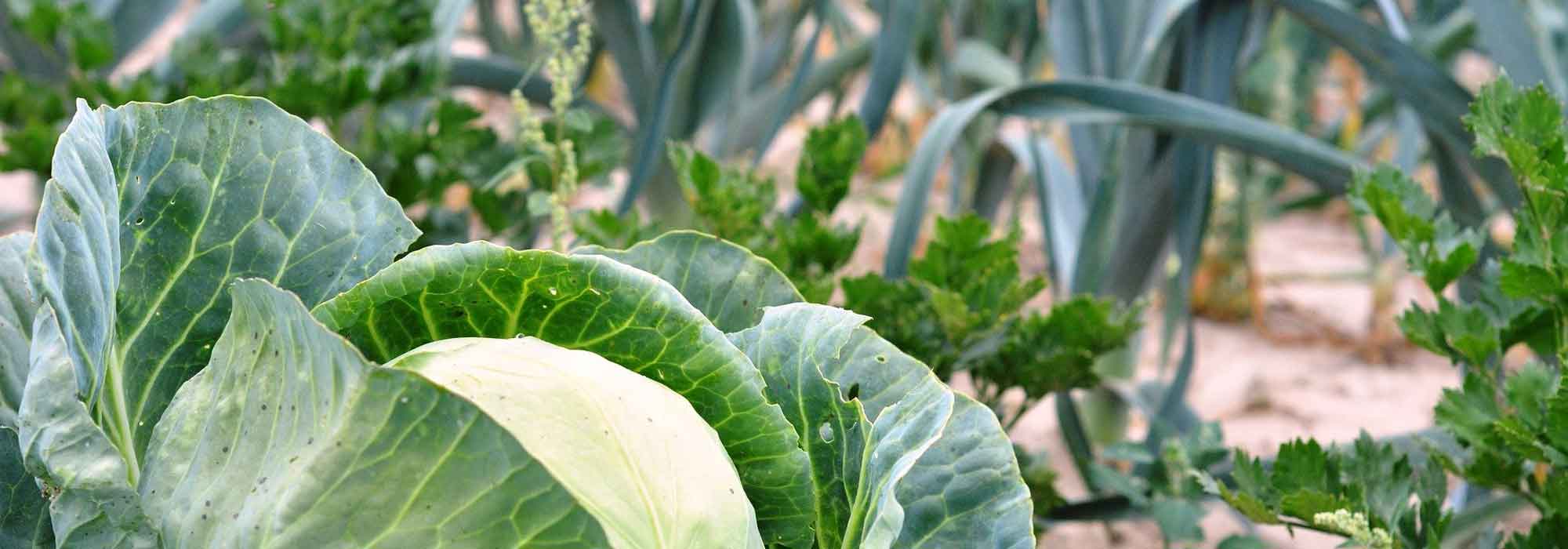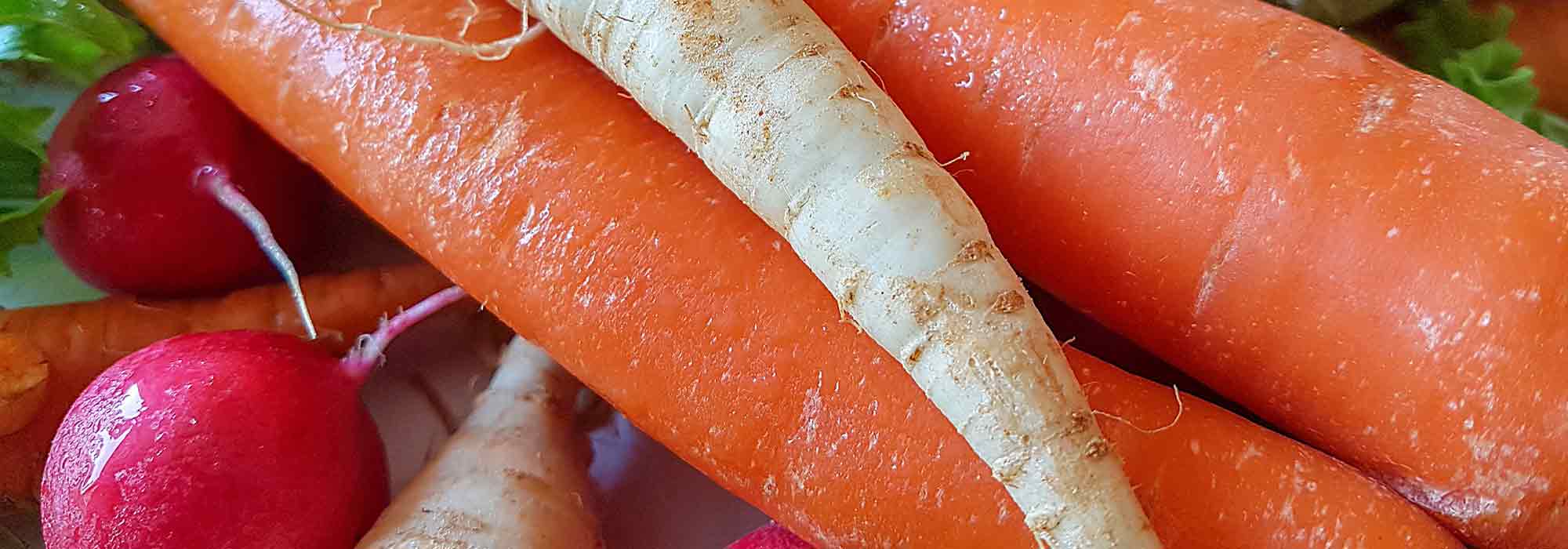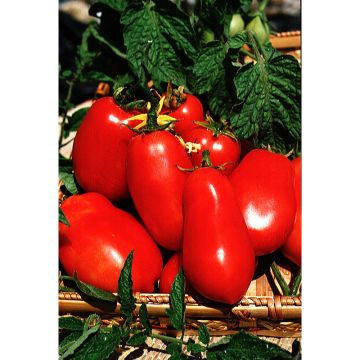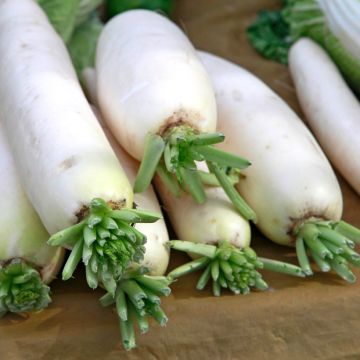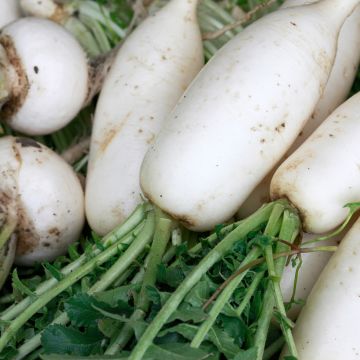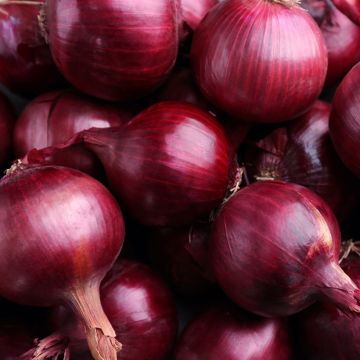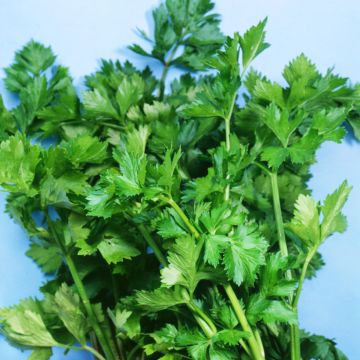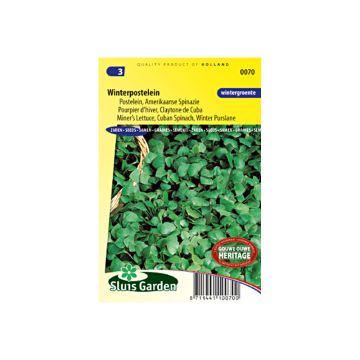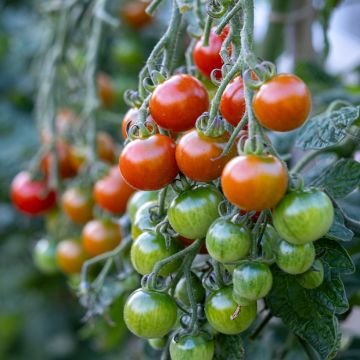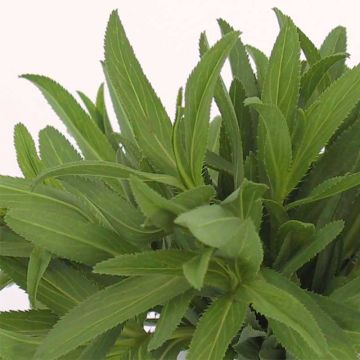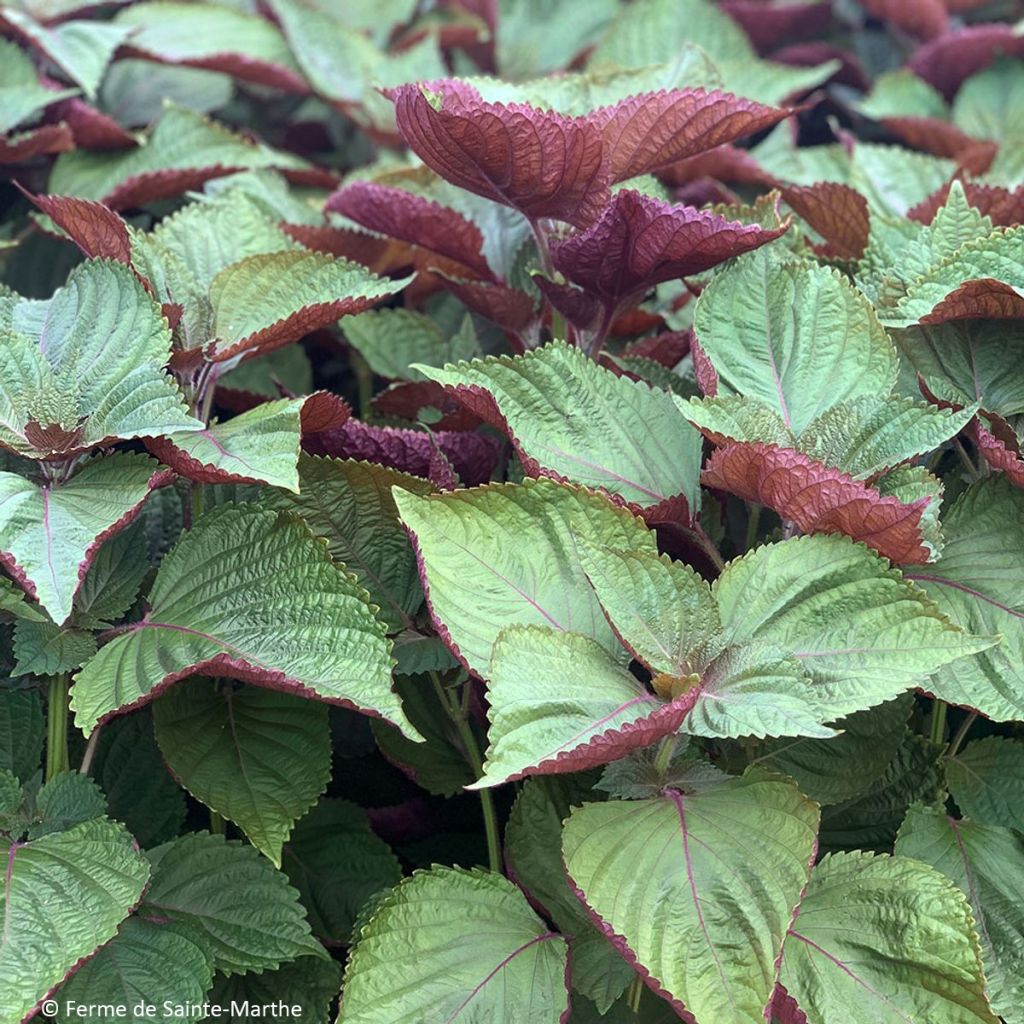

Périlla de Corée Bicolore ou Shiso Bio - Ferme de Sainte Marthe
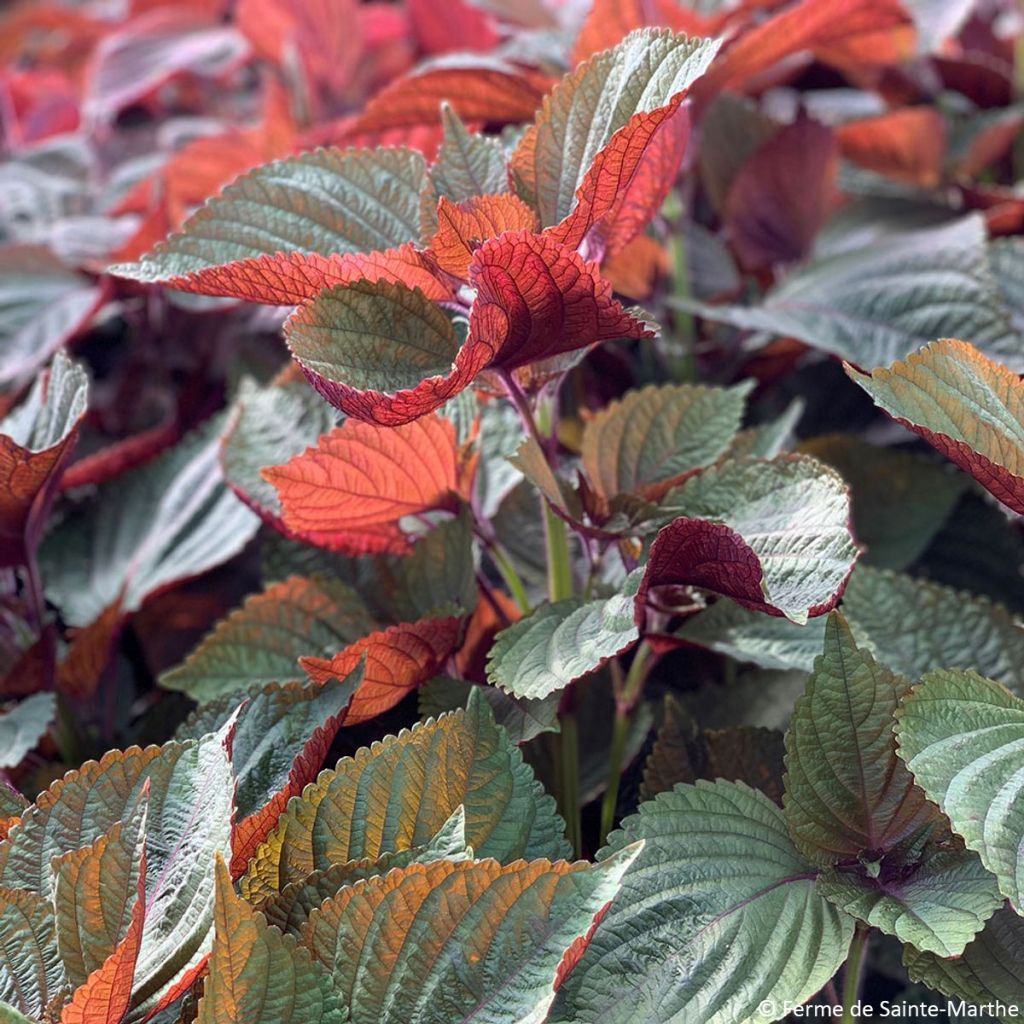

Périlla de Corée Bicolore ou Shiso Bio - Ferme de Sainte Marthe
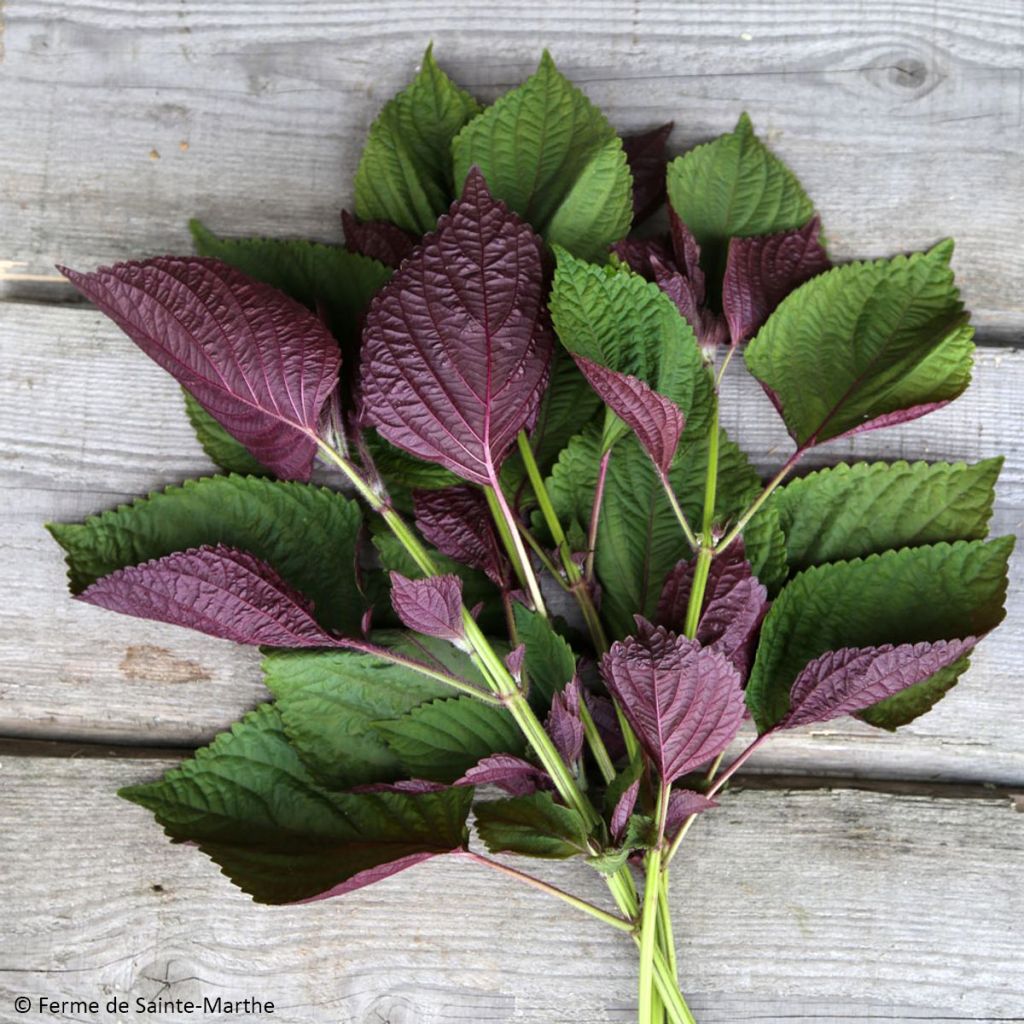

Périlla de Corée Bicolore ou Shiso Bio - Ferme de Sainte Marthe
Perilla frutescens -Shiso or Bicolour Koren Perilla
Perilla frutescens de Corée Bicolore ou Shiso
Perilla, Beefsteak plant, Purple perilla, Shiso
A lovely plant with its two colors. It's edible, the leaves are quite large. Perfect for making ssams. It's also very popular with snails.
Héloïse, 12/10/2025
Special offer!
Receive a €20 voucher for any order over €90 (excluding delivery costs, credit notes, and plastic-free options)!
1- Add your favorite plants to your cart.
2- Once you have reached €90, confirm your order (you can even choose the delivery date!).
3- As soon as your order is shipped, you will receive an email containing your voucher code, valid for 3 months (90 days).
Your voucher is unique and can only be used once, for any order with a minimum value of €20, excluding delivery costs.
Can be combined with other current offers, non-divisible and non-refundable.
Home or relay delivery (depending on size and destination)
Schedule delivery date,
and select date in basket
This plant carries a 6 months recovery warranty
More information
We guarantee the quality of our plants for a full growing cycle, and will replace at our expense any plant that fails to recover under normal climatic and planting conditions.

Description
The Bicolour Korean Perilla or Shiso, in Latin Perilla frutescens, sometimes called Nankin Perilla, is an annual plant that can be classified as either a leaf vegetable, an aromatic, a medicinal plant, or an ornamental plant. The leaves of this variety, green with a coppery purple reverse, are truly beautiful. In Asia, it has been cultivated for its highly fragrant leaves, which give traditional cuisine a distinctive aroma. The leaves can be consumed raw in salads and with raw vegetables, but they can also be cooked in soups, served with fish, or used to enhance rice or vegetable dishes. Its flavour, complex and refined, is a delicate blend of basil, mint, cumin, pepper, and lemon balm. Sowing can be done in spring, either in shelters or in autumn. Sowing in seed trays allows for the transplanting of the seedlings into pots once they have reached the 2-3 leaf stage. Harvesting is done from May to September.
Originating from southern China (Himalayas) and Burma, Perilla frutescens is a tender perennial plant that is most often grown as an annual. It belongs to the family of Lamiaceae, just like Coleus, mint, and sage. This hardy plant, which can withstand temperatures as low as -5°C when young, is distinguished by its ornamental foliage, which exudes a remarkable aroma, ranging from cinnamon to basil, lemon balm, and green anise. All parts of the plant are edible. The Nankin Perilla quickly forms a bushy clump that is almost as wide as it is tall, with densely leafy stems reaching about 65cm (26in) in height. Its 10cm (4in) long leaves are opposite on the stem. They are broadly triangular in shape, with serrated margins. They are shiny and rough to the touch, with prominent and pubescent veins on the underside. The flowering, of little interest, takes place in summer, in the form of tiny white flowers grouped in 10cm (4in) long spikes, which are best removed. However, it is nectar-rich and attractive to bees. The plant produces viable seeds that can be sown again in spring.
In cuisine: Shiso is perfect for adding an exotic touch to all your dishes and is ideal for Asian cuisine. It can be used as a green vegetable, with its leaves being used raw in salads. It is also a recognized medicinal plant in Asian pharmacopoeia.
Harvesting: Harvest the leaves as needed.
Storage: Harvest the entire plant, including the flowers, and let it dry for later use.
Gardening tip: Perilla prefers light and moderate humidity, good drainage, and rich soil. Plant it in a sunny location.
Harvest
Plant habit
Foliage
Botanical data
Perilla
frutescens
de Corée Bicolore ou Shiso
Lamiaceae
Perilla, Beefsteak plant, Purple perilla, Shiso
Cultivar or hybrid
Annual
Other Perilla Shiso
View all →Planting and care
Sowing: To promote sowing, soak the seeds overnight. Sow in spring in pots on the surface of the soil: the seeds need light to germinate. Thin out as soon as the young plants are manipulable, keeping only the strongest ones. Transplant in place as soon as the risk of frost has passed, at a distance of 30cm (12in) in all directions, in a sunny location with a humid atmosphere.
Maintenance: During cultivation, regularly pinch the stems to promote stout and bushy growth. Install mulch at the base to maintain soil moisture and compete with weeds. Water regularly to keep the substrate moist, but not wet.
Seedlings
Care
Intended location
Planting & care advice
-
, onOrder confirmed
Reply from on Promesse de fleurs
Similar products
Haven't found what you were looking for?
Hardiness is the lowest winter temperature a plant can endure without suffering serious damage or even dying. However, hardiness is affected by location (a sheltered area, such as a patio), protection (winter cover) and soil type (hardiness is improved by well-drained soil).

Photo Sharing Terms & Conditions
In order to encourage gardeners to interact and share their experiences, Promesse de fleurs offers various media enabling content to be uploaded onto its Site - in particular via the ‘Photo sharing’ module.
The User agrees to refrain from:
- Posting any content that is illegal, prejudicial, insulting, racist, inciteful to hatred, revisionist, contrary to public decency, that infringes on privacy or on the privacy rights of third parties, in particular the publicity rights of persons and goods, intellectual property rights, or the right to privacy.
- Submitting content on behalf of a third party;
- Impersonate the identity of a third party and/or publish any personal information about a third party;
In general, the User undertakes to refrain from any unethical behaviour.
All Content (in particular text, comments, files, images, photos, videos, creative works, etc.), which may be subject to property or intellectual property rights, image or other private rights, shall remain the property of the User, subject to the limited rights granted by the terms of the licence granted by Promesse de fleurs as stated below. Users are at liberty to publish or not to publish such Content on the Site, notably via the ‘Photo Sharing’ facility, and accept that this Content shall be made public and freely accessible, notably on the Internet.
Users further acknowledge, undertake to have ,and guarantee that they hold all necessary rights and permissions to publish such material on the Site, in particular with regard to the legislation in force pertaining to any privacy, property, intellectual property, image, or contractual rights, or rights of any other nature. By publishing such Content on the Site, Users acknowledge accepting full liability as publishers of the Content within the meaning of the law, and grant Promesse de fleurs, free of charge, an inclusive, worldwide licence for the said Content for the entire duration of its publication, including all reproduction, representation, up/downloading, displaying, performing, transmission, and storage rights.
Users also grant permission for their name to be linked to the Content and accept that this link may not always be made available.
By engaging in posting material, Users consent to their Content becoming automatically accessible on the Internet, in particular on other sites and/or blogs and/or web pages of the Promesse de fleurs site, including in particular social pages and the Promesse de fleurs catalogue.
Users may secure the removal of entrusted content free of charge by issuing a simple request via our contact form.
The flowering period indicated on our website applies to countries and regions located in USDA zone 8 (France, the United Kingdom, Ireland, the Netherlands, etc.)
It will vary according to where you live:
- In zones 9 to 10 (Italy, Spain, Greece, etc.), flowering will occur about 2 to 4 weeks earlier.
- In zones 6 to 7 (Germany, Poland, Slovenia, and lower mountainous regions), flowering will be delayed by 2 to 3 weeks.
- In zone 5 (Central Europe, Scandinavia), blooming will be delayed by 3 to 5 weeks.
In temperate climates, pruning of spring-flowering shrubs (forsythia, spireas, etc.) should be done just after flowering.
Pruning of summer-flowering shrubs (Indian Lilac, Perovskia, etc.) can be done in winter or spring.
In cold regions as well as with frost-sensitive plants, avoid pruning too early when severe frosts may still occur.
The planting period indicated on our website applies to countries and regions located in USDA zone 8 (France, United Kingdom, Ireland, Netherlands).
It will vary according to where you live:
- In Mediterranean zones (Marseille, Madrid, Milan, etc.), autumn and winter are the best planting periods.
- In continental zones (Strasbourg, Munich, Vienna, etc.), delay planting by 2 to 3 weeks in spring and bring it forward by 2 to 4 weeks in autumn.
- In mountainous regions (the Alps, Pyrenees, Carpathians, etc.), it is best to plant in late spring (May-June) or late summer (August-September).
The harvesting period indicated on our website applies to countries and regions in USDA zone 8 (France, England, Ireland, the Netherlands).
In colder areas (Scandinavia, Poland, Austria...) fruit and vegetable harvests are likely to be delayed by 3-4 weeks.
In warmer areas (Italy, Spain, Greece, etc.), harvesting will probably take place earlier, depending on weather conditions.
The sowing periods indicated on our website apply to countries and regions within USDA Zone 8 (France, UK, Ireland, Netherlands).
In colder areas (Scandinavia, Poland, Austria...), delay any outdoor sowing by 3-4 weeks, or sow under glass.
In warmer climes (Italy, Spain, Greece, etc.), bring outdoor sowing forward by a few weeks.






























